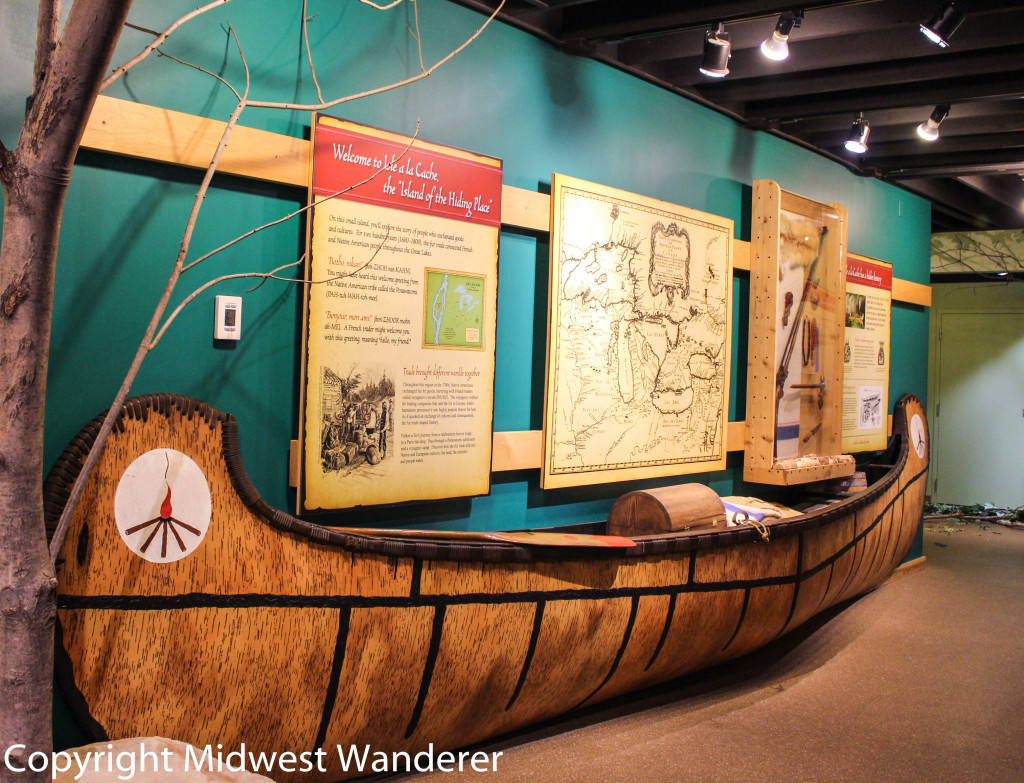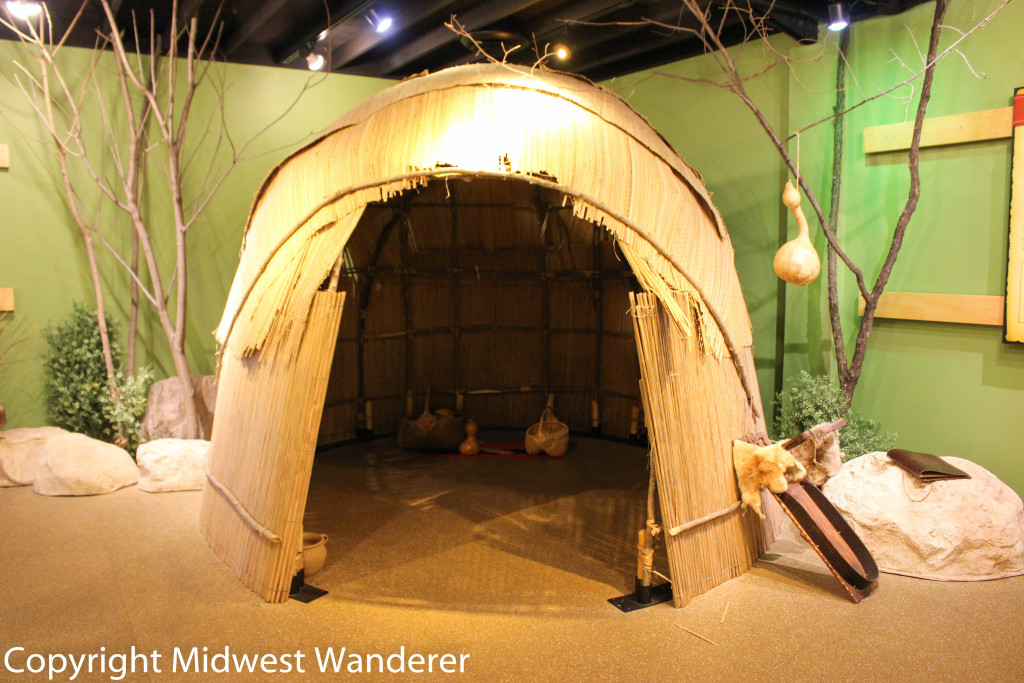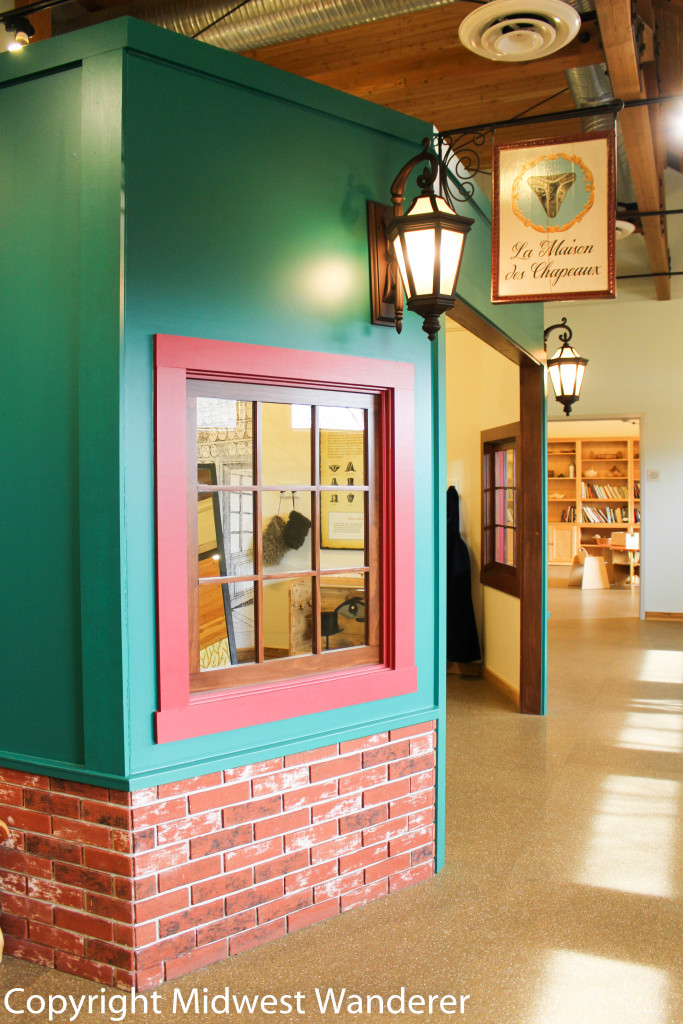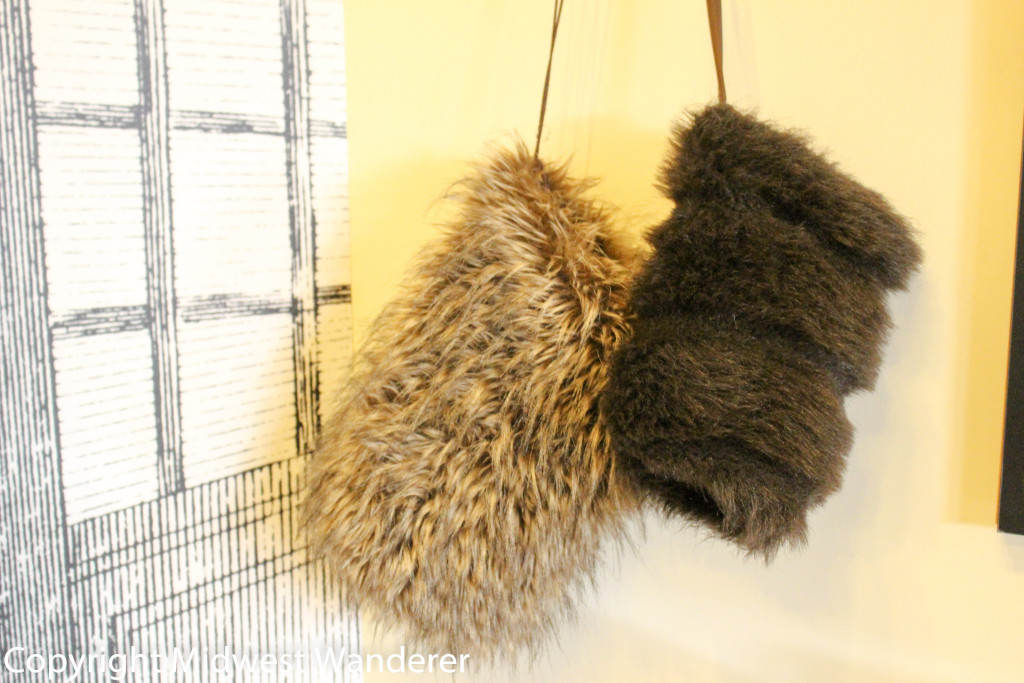 “Island of the hiding place” is the literal translation of Isle a la Cache, a tiny island in the DesPlaines River in Chicago’s suburban Romeoville. The fur trade was a huge industry in the 1600s and 1700s, and Illinois’ abundant interconnected web of waterways made the area a focal point for trade. Isle a la Cache was a middle ground for trading. It was here that voyageurs often camped, stored goods and traded with the native Potawatomi. A rendezvous took place annually at Isle a la Cache, a big event in which traders met with Native Americans for trading.
“Island of the hiding place” is the literal translation of Isle a la Cache, a tiny island in the DesPlaines River in Chicago’s suburban Romeoville. The fur trade was a huge industry in the 1600s and 1700s, and Illinois’ abundant interconnected web of waterways made the area a focal point for trade. Isle a la Cache was a middle ground for trading. It was here that voyageurs often camped, stored goods and traded with the native Potawatomi. A rendezvous took place annually at Isle a la Cache, a big event in which traders met with Native Americans for trading.
The museum begins with the voyageurs, whose trips would often last about eight months. They plied the waterways from Canada down into Illinois in canoes. They carried all the provisions they’d need for the entire trip, plus items for trade. Their loads could weigh a few thousand pounds. They’d often bury some of their provisions in caches and come back for them to be used on the return trip.
 Voyageurs brought with them steel tools, firearms and other items Native Americans didn’t have the means to produce themselves. They traded for some food but mostly for fur, specifically beaver pelts. The beaver population was abundant in the 1600s to 1700s, and their water repellant fur was ideal for hats. The Potawatami could predict when the beavers would be in their lodges, so they were easy to trap. The voyageurs sent the pelts to Europe where milliners transformed them into hats. By the early 1800s the beaver population had declined to near extinction.
Voyageurs brought with them steel tools, firearms and other items Native Americans didn’t have the means to produce themselves. They traded for some food but mostly for fur, specifically beaver pelts. The beaver population was abundant in the 1600s to 1700s, and their water repellant fur was ideal for hats. The Potawatami could predict when the beavers would be in their lodges, so they were easy to trap. The voyageurs sent the pelts to Europe where milliners transformed them into hats. By the early 1800s the beaver population had declined to near extinction.
Don’t miss a Midwest Wanderer post. For a FREE subscription, enter your e-mail address in the Subscribe2 box to the left and click Subscribe
The museum segues to the life of the Potawatami. A Potawatami wigwam is on display, as well as tools, clothing and other day-to-day items.
 Often French traders would marry Potawatami women, giving them easier access to trade items. Their children were referred to as Metis. Although Metis had insight to both cultures, neither culture fully accepted them.
Often French traders would marry Potawatami women, giving them easier access to trade items. Their children were referred to as Metis. Although Metis had insight to both cultures, neither culture fully accepted them.
The museum exhibits ends with a recreated French hat shop with samples of hats and muffs that may have been made of beaver fur. You can learn more about the area’s past in the museum’s library.

 The Isle a la Cache Museum is located at 501 E Romeo Road (135th Street) in Romeoville, just east of Route 53 (the Historic Route 66). The museum is open Tuesday through Sunday. Check the web site for hours.
The Isle a la Cache Museum is located at 501 E Romeo Road (135th Street) in Romeoville, just east of Route 53 (the Historic Route 66). The museum is open Tuesday through Sunday. Check the web site for hours.
While you’re there, drive an eight of a mile farther east to the Centennial Trail. On the north side of 135th Street, check out the old swing bridge, built in 1899. The bridge spanned the I&M Canal until 1996 when a stationary bridge replaced the swing bridge, and the swing bridge was relocated to the trail.

 Thank you for reading Midwest Wanderer. Don’t miss a post. Enter your e-mail address below and click Subscribe to be notified whenever I publish another post. Subscription is FREE. After subscribing, be sure to click the link when you get the e-mail asking you to confirm. – Connie
Thank you for reading Midwest Wanderer. Don’t miss a post. Enter your e-mail address below and click Subscribe to be notified whenever I publish another post. Subscription is FREE. After subscribing, be sure to click the link when you get the e-mail asking you to confirm. – Connie
Other articles you may enjoy:
White Fence Farm, Romeoville IL: Popular Chicken Restaurant on Route 66
